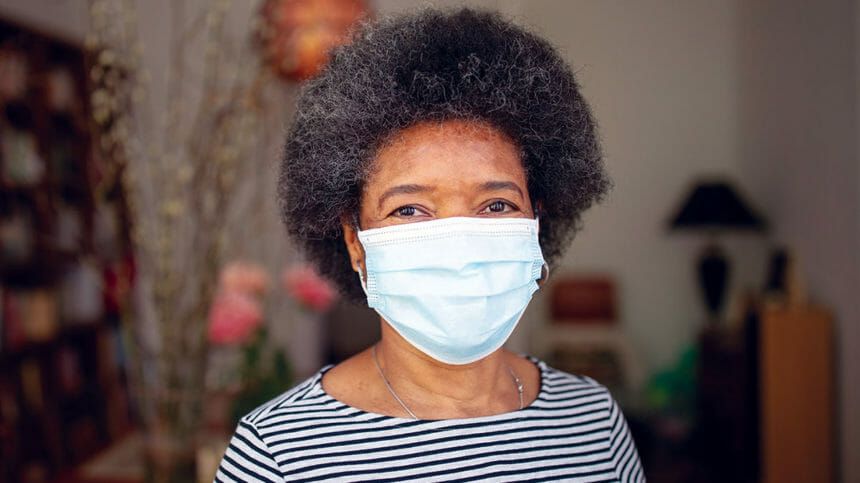
Falls, elopement, workplace violence, theft and medication safety would be enough to fill any risk manager’s plate at most long-term care facilities, but nothing poses a greater threat to resident security today than COVID-19.
The virus’ unprecedented resident security challenges are now part of the “new normal.”
Despite facilities’ compliance with Centers for Disease Control and Prevention and Centers for Medicare & Medicaid Services screening protocols, infection control worries abound.
In terms of the virus, even visitors are beginning to be viewed as much for what they could take as what they could give.
“Residents are concerned that the likelihood of coming into contact with someone exposed to COVID-19 grows as communities start to open up to more visitation from family and friends,” observes Majd Alwan, Ph.D., senior vice president of technology for LeadingAge and executive director of the LeadingAge Center for Aging Services Technologies.
Deric Blattenberger, director of product management at CenTrak, says the pandemic has complicated facility resident security policies and procedures. Requisite temperature checks and rigid inquisitive vetting only amplify residents’ need for socialization, he adds.
Still, innovation is brisk, Alwan says.
Consider remote monitoring. Examples: hand-washing hygiene monitoring/compliance systems; remote vitals monitors; and tracking systems that follow the movements of positive or suspected residents in isolation and quarantine, minimizing both staff exposure and needless personal protective equipment use.
Not everything is foolproof, however. Alwan cautions about the use of temperature and thermal imaging monitors to detect fevers, a process that molecular testing provides with exponentially more reliable results.
Blattenberger advocates for contact tracing to better react to outbreaks, whereas Alwan sees proliferation of advanced data analytics, point-of-care testing and resident-facing technology support and training.

